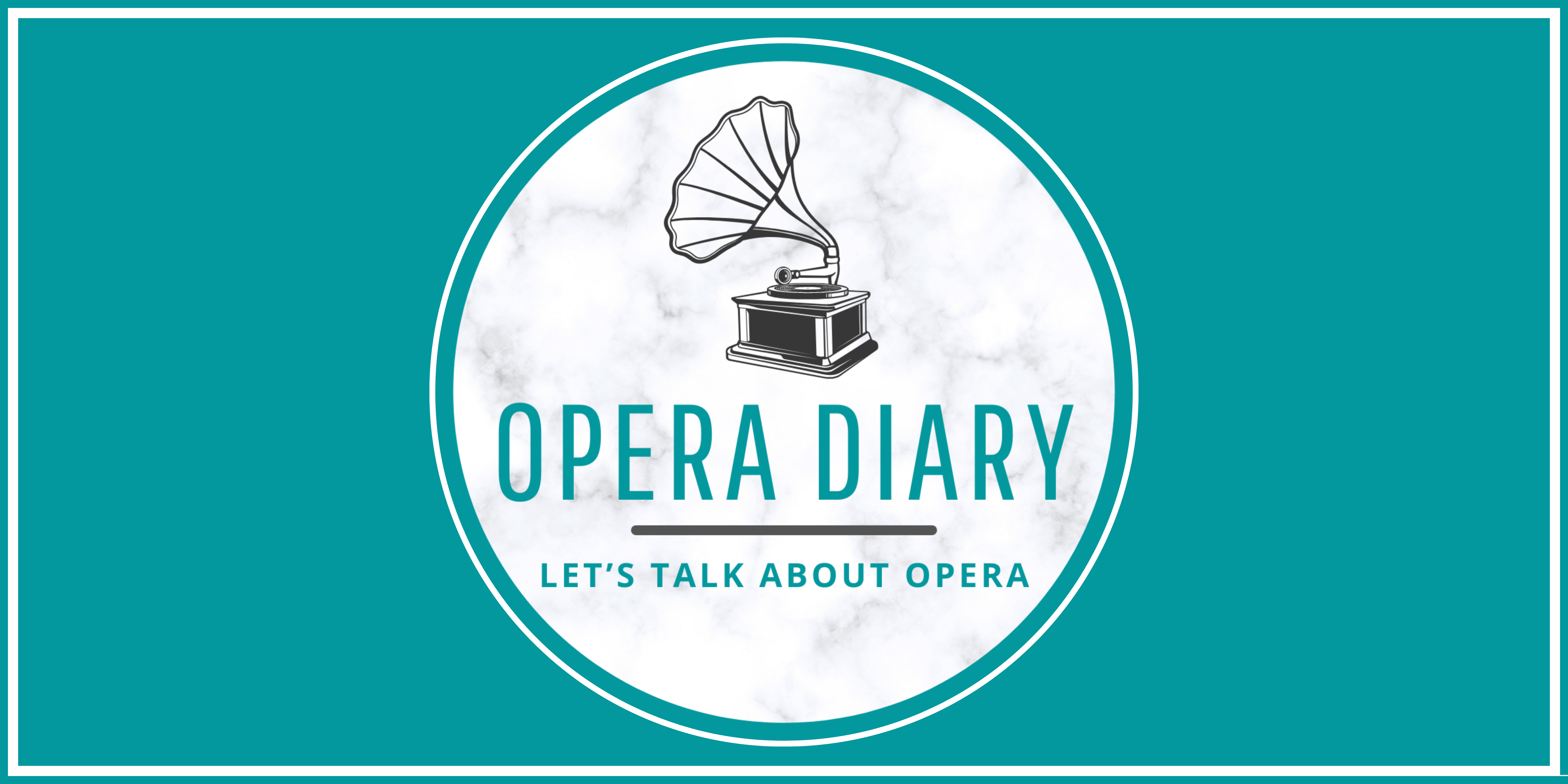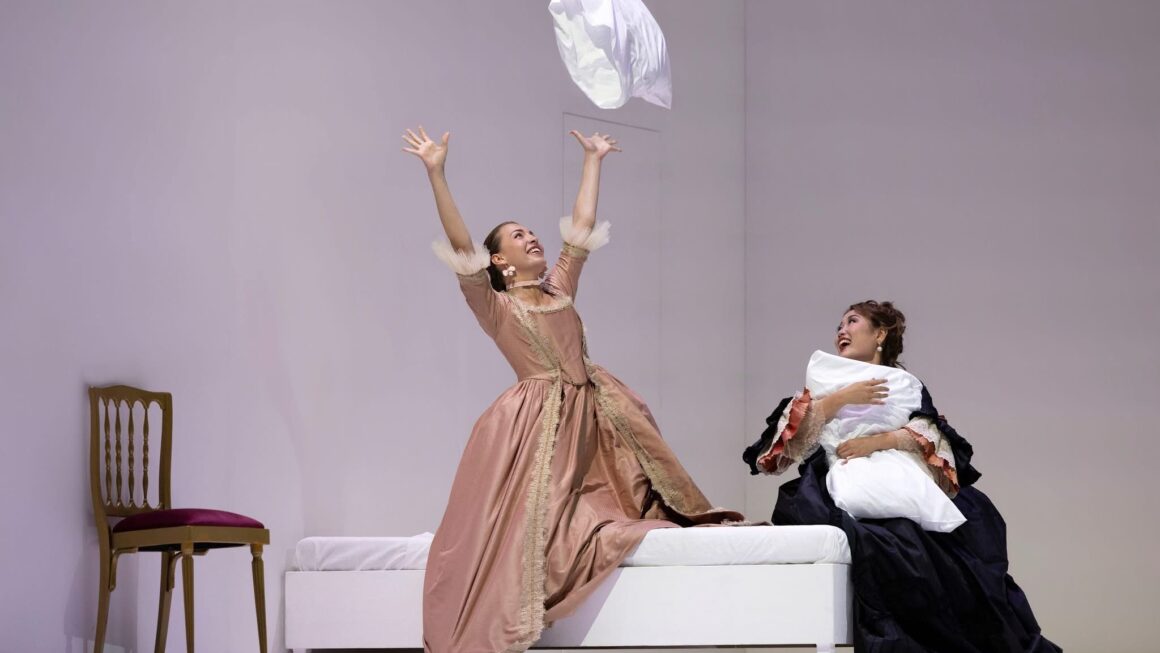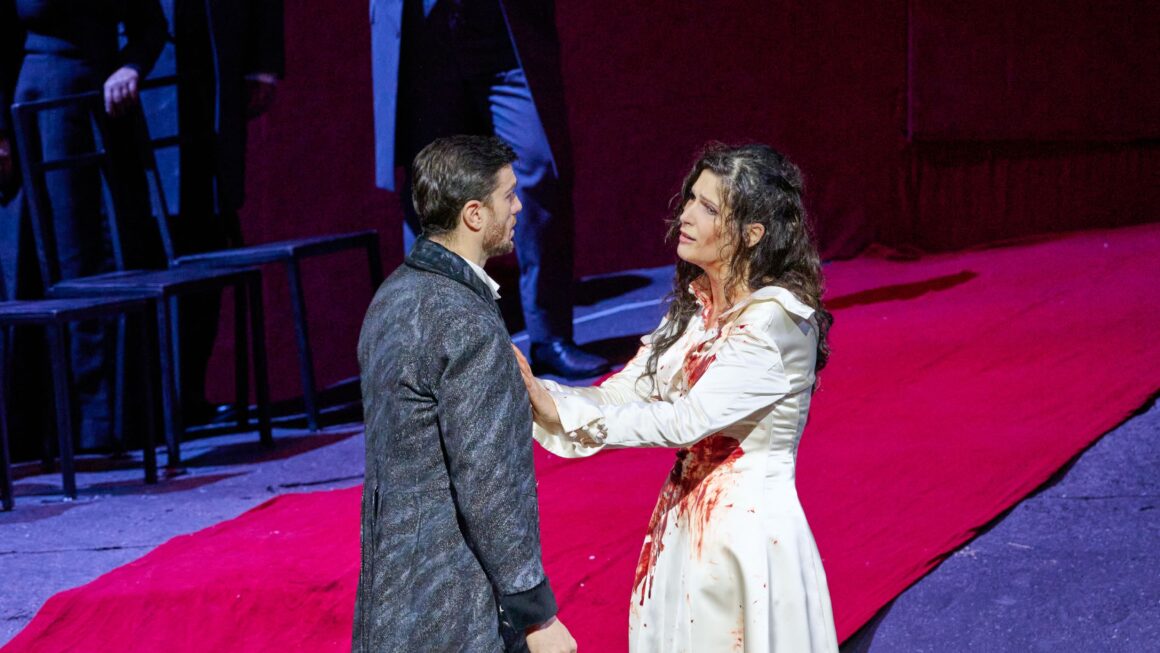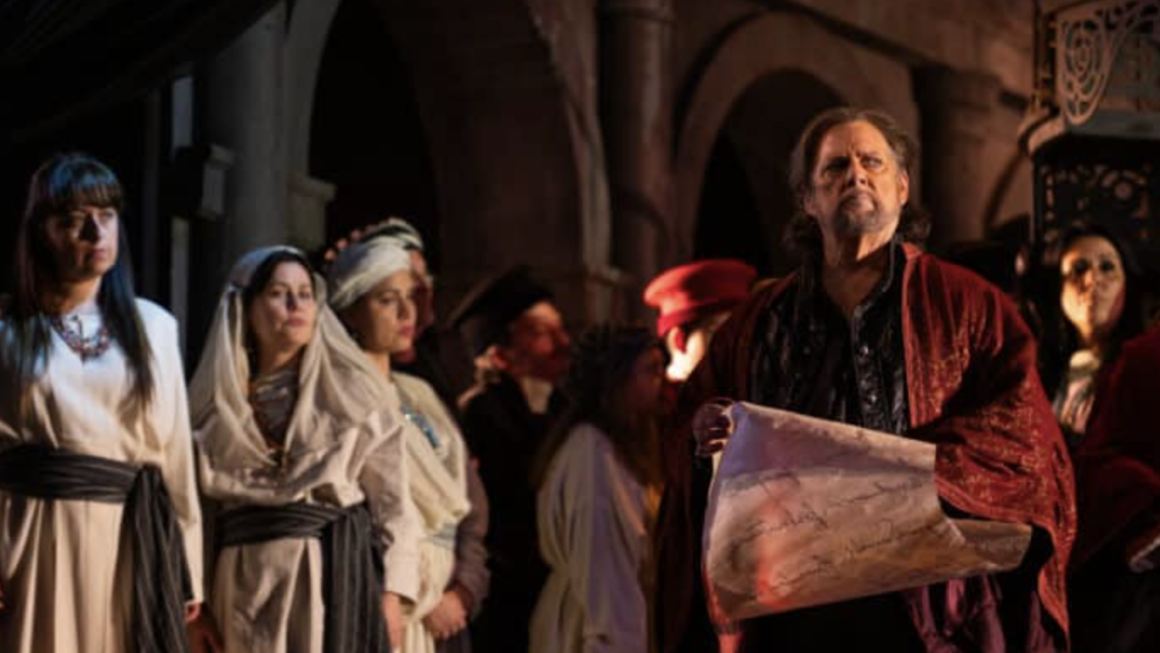Il Matrimonio Segreto by Domenico Cimarosa was performed for the first time at the Burgtheater in Vienna on February 7, 1792, just two months after the death of Wolfgang Amadeus Mozart, and 22 days before the birth of Gioachino Rossini.
The opera enjoyed enormous success from the first performance; it is said, but not sure, that Emperor Leopold II was so fascinated by the opera that after dinner with the composer and the musicians, he asked for a complete repetition, dismissing the artists only late at night; the only case known of an opera entirely repeated. Il Matrimonio Segreto is one of the few operas that have remained in the repertoire of the eighteenth century and that is still in the repertoire continuously up to the present day; among its many admirers we remember Napoleon, Stendhal, Goethe and even Friedrich Nietzsche, who proudly preferred it to Parsifal. Its success is due precisely to having fully assimilated the experience of neapolitan opera buffa and Mozart’s trilogy and at the some time having acted as a bridge to the comic operas of Rossini and Donizetti. The finale of the first act is exemplary in this sense, as on the one hand it fully follows that of the second act of “The Marriage of Figaro”, but on the other hand, with its onomatopoeias, it anticipates and inspires that of the“l’Italiana in Algeri”.
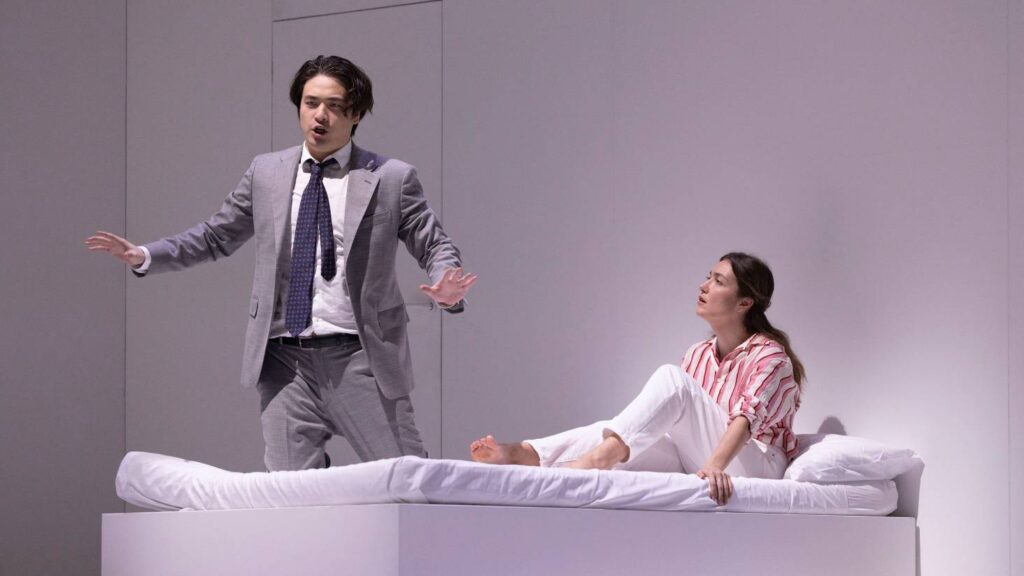
All resolved with a particularly happy melodic vein and a refined orchestration. As the composer Grétry said to Napoleon, “Cimarosa met toujours sa statue sur la scène et le piédestal dans l’orchestre, alors que Mozart place la statue dans l’orchestra et le piédestal sur la scène” .To say that Cimarosa’s fame derived above all from the sung parts, while Mozart’s from the instrumental parts.
A true masterpiece is also the libretto by Giovanni Bertati, based on the comedy the Clandestine marriage (1766) by Colman and Garrick, in turn inspired by the pictorial cycle by William Hogarth “le mariage à la mode” (1745). The structure recalls that of many comic operas of the eighteenth century, and in particular “Così fan tutte”, with three female characters (two sisters and their aunt) and three male characters (two suitors and the girls’ gruff father), even if at the end on stage the spectator can already glimpse and imagine Don Magnifico, Belcore, Norina, Ernesto.
The masterpiece opera of the Neapolitan genre (Cimarosa was born in Aversa) returns to the San Carlo after more than thirty years of absence in a very successful and extremely enjoyable production, which sees as protagonists the students of the theatre’s lyric singing academy, led by Mariella Devia, a celebrated interpreter of this repertoire.
The new production by Stèphane Braunschweig, who debuts in Naples as Stage Director and set Designer, is stunning; the modern and essential scene is white and opens up to design the rooms and interiors of Don Geronimo’s palace where the two secret spouses Paolino, a clerk in the shop, and Carolina, the second-born daughter of the rich merchant owner of the house, meet. The protagonists are dressed in modern clothes, until the appearance on stage in beautiful eighteenth- century garments of Count Robinson, the promised fiancé of the first-born Elisetta, who however falls in love with the other sister. From here on, the modern and ancient clothes intertwine with the evolution of the plots, including that of Aunt Fidalma, a sort of a “milf”, who wants to marry the young Paolino. The show makes use of truly accurate and theatrical acting, which suggests a long and demanding study by the young artists.

To support the show, the excellent conduction of the orchestra by Francesco Corti, a specialist in the eighteenth-century repertoire, who gives the music rapid and brilliant tempos, sparkling sounds that can also bend to more melancholic and larmoyant nuances. The artists of the Academy have offered, at various levels, an excellent vocal and musical performance. The couple of protagonists stands out: Désirée Giove embodies a Carolina of great scenic and timbric charm, a homogeneous voice in all registers and a secure control of the acuti that allows her to embody a proud and in love girl, feminine and determined.
Francesco Domenico Doto’s Paolino shows off a beautiful lyrical timbre and an easily projected voice, with a confident ascent to the high notes and a very relaxed stage play. He acquits himself very well in the most famous piece of the opera, a bench test of many tenori di grazia, “Pria che spunti in ciel l’aurora”, about which Balzac wrote “le plus grand chef-d’œuvre musical qui existe pour les exécutants”.
The bass Maurizio Bove is excellent in the role of Count Robinson, with an almost ideal voice for this part of friendly seducer; his beautiful vocal velvet and homogeneity in all registers combined with the stage verve of a consummate actor are to be strongly appreciated. Soprano Tamar Otanadze confidently takes on the role of the capricious Elisetta, a soubrette role, with ease and confidence in all registers, mastering effortlessness the difficult agilità of the aria “se son vendicata” and the very long cadenza.
Antonia Salzano, interprets the role of Aunt Fidalma with a beautiful mezzo-soprano voice, avoiding caricature effects and showing an ironic sensuality; very good and successful is the performance of her famous aria “è vero che in casa son io la signora”, with a low register that is sometimes not too sonorous. Despite his young age, Sebastià Serra confidently faces the basso buffo vocality of Don Geromino, halfway between Mozart and Rossini, providing an excellent vocal and scenic portrait of the rich merchant who makes the noble marriage. Given the excellent success of the show and the appreciation of the audience in the hall, we hope that the Teatro San Carlo will continue with the revival of this repertoire so linked to the city.
CAST
Geronimo | Sebastià Serra
Elisetta | Tamar Otanadze
Carolina | Désirée Giove
Fidalma | Antonia Salzano
Il conte Robinson | Maurizio Bove
Paolino | Francesco Domenico Doto
Conductor | Francesco Corti
Stage Direction and Set Design | Stéphane Braunschweig
